While green steel is one of the most obvious use cases for the hydrogen Australia seems intent on producing, the question of setting up manufacturing capability here has been spluttering at best.
For BayWa r.e. Australia technology innovation and hydrogen lead, James Hamilton, this is a massive oversight with Europe rapidly capturing the market.
In what may prove a step in the right direction, the Australian Renewable Energy Agency (ARENA), announced $947,035 in funding to Calix Limited to evaluate the feasibility of a low emissions method for reducing iron.
The funding accounts for roughly 48% of the total $1.96 million need to complete the Front End Engineering and Design (FEED) study which will scope the design for a renewably powered 30,000 tonne per annum demonstration plant using a low emissions method for reducing iron – colourfully named ZESTY, Zero Emissions Steel Technology.
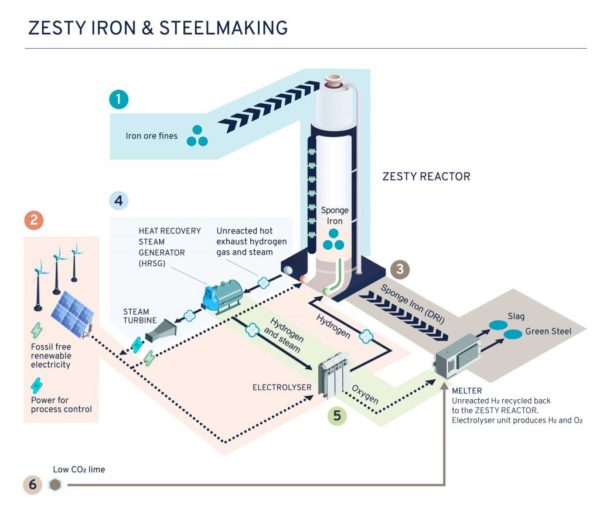
The funding beneficiary, Calix, is a difficult company to define. Established in 2005, Calix has a global presence, and says its team develops “environmentally friendly solutions for many emissions intensive industries, including agriculture, cement manufacture, and mining and mineral processing.”
ZESTY appears to be one such solution, with the company saying the proposed “ZESTY-iron plant” will produce green hydrogen for the direct reduction of iron ore to sponge iron. “With no carbon involved throughout the process, the proposed ZESTY reactor will demonstrate a new approach to zero emissions iron and steel,” Calix adds.
“Calix’s ZESTY steel process involves the use of the ZESTY iron process feeding a standard (continuous) electric arc furnace (C-EAF), with the addition of a Leilac kiln to produce zero-emissions lime,” the company says.
“ZESTY can be electrically heated and is compatible with intermittent sources of renewable generation and grid load balancing applications,” Calix says. “The unique, indirect heating approach not only enables efficient electrification, but also removes sources of combustion and the generation of hydrogen-oxygen flames, allowing a simpler design and processing at significantly lower temperatures than a conventional BF [blast furnaces].”
As opposed to other direct reduced iron (DRI) technologies, Calix says its indirect heating of the reduction reaction with renewable energy means the hydrogen is not consumed as a fuel but as a reductant, allowing for easier recycling.
“As such, ZESTY is targeting the minimum hydrogen use of 54kg of hydrogen per tonne of iron, enabling more efficient and economical production of green iron and steel. ZESTY’s ability to handle small particle sizes has the potential to more easily remove impurities compared with other (DRI) processes, which require pelletised and typically higher grade iron ores.”
The aim of the technology is to enable steel producers to add green iron directly into their processes.
The $1.96 million study will determine the final location, specification and cost of the demonstration plant before a final investment decision is taken. The study is due to be completed in late 2023.
Green iron and steel
Manufacturing green iron and steel is touted by Calix as a “unique Australian opportunity,” noting Australia supplied over 53% of the world’s iron ore in 2021, and that iron and steel are the second largest source of industrial emissions after cement – responsible for 7% of global CO2 emissions.
It is a position one of Australia’s most prominent economists and renewable energy commentators, Professor Ross Garnaut, holds great sympathy for. In his recent book, the Superpower Transformation, Garnaut argues zero-carbon steel exports to China hold the most promise for Australia’s vision of becoming a renewable superpower.
Swapping iron ore lumps for “green hot briquetted iron”
As Calix points out, haematite makes up 96% of Australia’s exported iron ore and is not suited to most electric arc furnace methods – though its ZESTY technology can use it.
“ZESTY-iron is being developed to enable Australian producers to transition towards exporting higher value green hot briquetted iron (HBI) instead of iron ore. The use of HBI to make steel in both Basic Oxygen Furnaces and [Electric arc furnaces] is proven, and zero emissions HBI would significantly reduce the emissions footprint of both processes, as the energy demand to reduce iron ore accounts for the vast majority of energy consumption in steelmaking,” the company says.
“With current iron prices around three to four times the value of iron ore, the processing of iron ore to metallic iron, and particularly green iron, represents a significant opportunity for Australia to secure and enhance its share of global iron exports, and capture more value from its most exported resource.”
Calix Managing Director and CEO, Phil Hodgson, said “this project aims to further develop a homegrown Australian technology that we believe, together with Australia’s leading iron ore and renewable energy resources, can help make Australia a leading exporter of not just iron ore, but green iron and green steel.”
This content is protected by copyright and may not be reused. If you want to cooperate with us and would like to reuse some of our content, please contact: editors@pv-magazine.com.
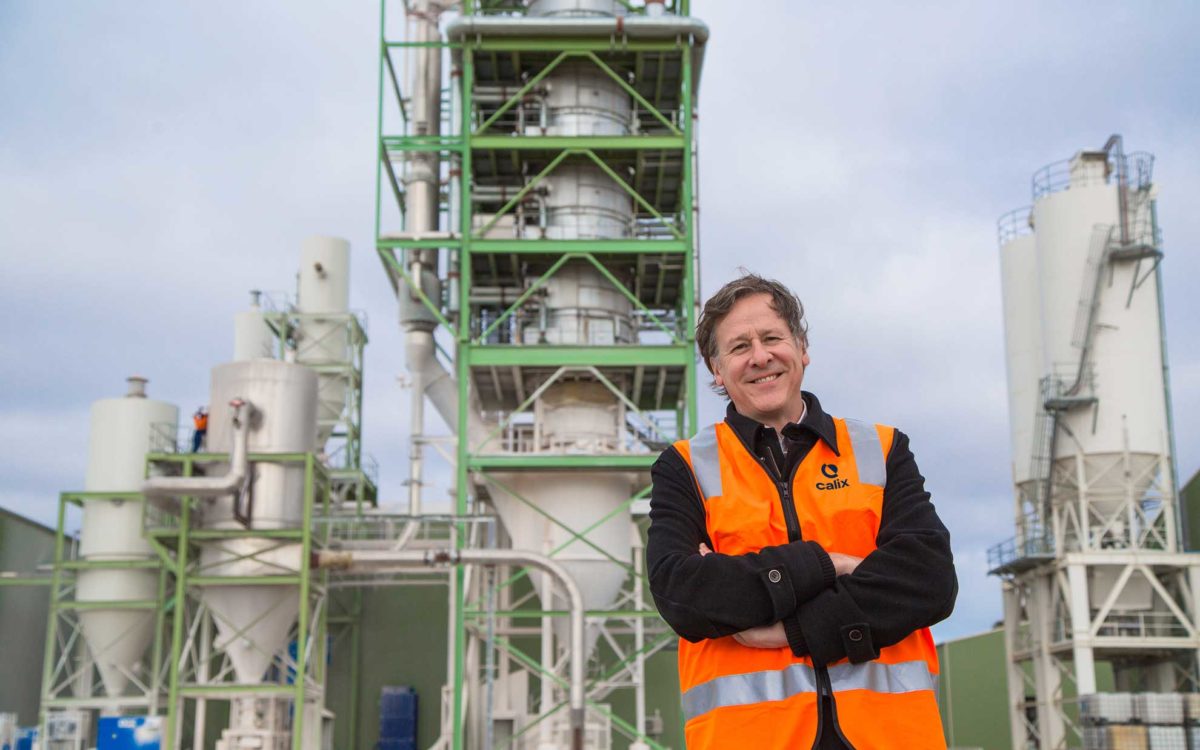
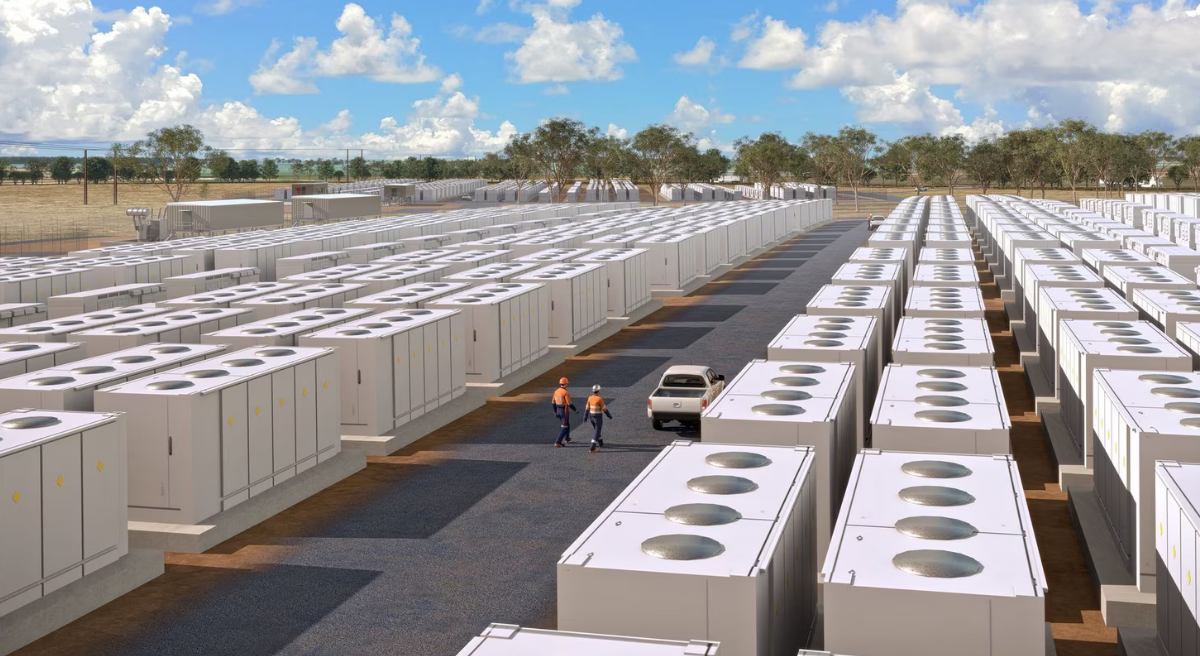


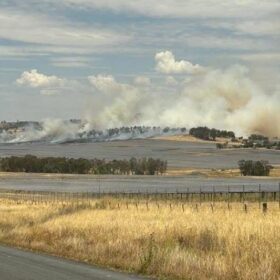
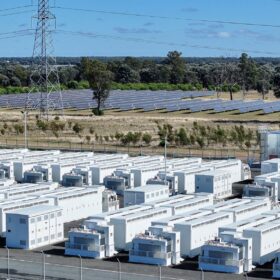

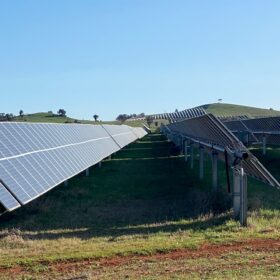
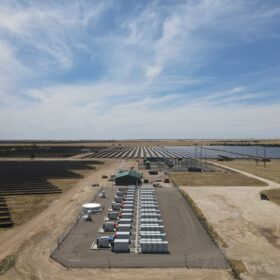
“Australia supplied over 53% of the world’s iron ore in 2021” – I don’t think so. Perhaps 53% of international traded or of sea borne trade – but not 53% of total use.
You train the coal form QLD, the ore from WA, build a solar farm in the red center and make the hydrogen to then smelt the green steel. Everything is already here.
What is the problem with Sweden’s HYBRIT Option (nearing Commercial Construction) and “re-invent the wheel”.. with this Process… !!!
What pvmagazine readers need is a Technical, Pollution/Environmental Profile, Energy & Cost Comparison … the world already has “Green Steel” from the Pre-Commercial Stage of the full …. $14Billion HYBRIT Project..